38 how to label acceleration
Relative Motion & Acceleration | Overview, Equations & Examples - Video ... As you can see, this results in 0.5 meters per second and approximately 0.87 meters per second. To determine the velocity of the plane relative to the ship, we have to use a special setup. "How do you label acceleration?" : physicsmemes - reddit Here you are: Fortnight 2 to s 2 = 1209600 2 Furlongs to m = 201.168. 201.168/1209600 2 = 0.00000000013784 = 1.3784×10-10 ms-2. Edit: My mistake, my calculator was only doing it to 1 sf, corrected it
How do you label force mass and acceleration? - Answers force =mass x acceleration therefore mass = force /acceleration and acceleration = force/mass Explain how a football and a soccerball can have different accelerations if pushed by the same force?
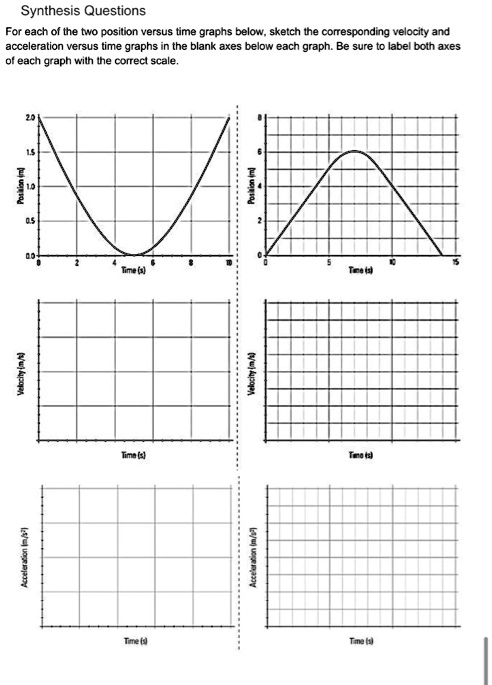
How to label acceleration
Acceleration - Physics Classroom The average acceleration ( a) of any object over a given interval of time ( t) can be calculated using the equation This equation can be used to calculate the acceleration of the object whose motion is depicted by the velocity-time data table above. The velocity-time data in the table shows that the object has an acceleration of 10 m/s/s. What is the label of acceleration? - Quora v=u+a*t here"v" is final velocity "u" is initial velocity "a" is acceleration and "t" is time) Now, put the values in the above formula, 20=10+2*t 20-10=2*t 10=2*t t=10/2, t=5 sec. Atul Tiwari 4 y Related What is radial acceleration? Originally Answered: What is radial acceleration? Acceleration - Southeastern Louisiana University Method 1: Using the position data (distance versus time graph). First, if you are finding the acceleration then you are probably assuming it is a constant acceleration. If this is the case, the well known kinematics equations apply From this, you can see the relationship between x and t.
How to label acceleration. How to Sketch Acceleration Time Graph From Velocity Time Graph NEXT Position displacement velocity acceleration Graph: Acceleration Time Graph - Understanding, Area and Examples So you need to find the area of these figures to find the change in the velocity of the object. v = area of rectangle + area of 1+ area of 2. v = LB+ ½ base.height+½ base.height (data as per the given graph) v = 3x4 + ½ x 4x 4 + ½ x 2 x 2. v = 12 + 8 + 2. v = 22 m/sec. v is the change in velocity which means that the difference between the ... Instantaneous Acceleration: Definition, Formula and more So, the formula for the instantaneous acceleration is: a =. lim. Δ v. Δ t → 0. Δ t. To demonstrate how to use this formula in practice, let's go through a simple example. Let's consider a particle whose velocity (in meters per second) at an instant t (in seconds) is given by 2 t 2: v = 2 t 2. How do you label acceleration? - Answers There are four kinds of acceleration, acceleration is a quaternion quantity: 1. scalar acceleration (Centripetal and centrifugal) 2. Tangential acceleration 3. normal acceleration 4. Curl ...
What are acceleration vs. time graphs? (article) | Khan Academy Multiplying the acceleration by the time interval is equivalent to finding the area under the curve. The area under the curve is a rectangle, as seen in the diagram below. The area can be found by multiplying height times width. The height of this rectangle is 4, and the width is 9 s. So, finding the area also gives you the change in velocity. How to Find Average Acceleration: 10 Steps (with Pictures) Usually, if an object is accelerating right, up, or forward, people write it as a positive (+) number. If an object accelerates left, down, or backward, use a negative (-) number for acceleration instead. 2 Write the definition as a formula. As mentioned above, acceleration is the change in velocity over the change in time. [3] Linear Acceleration Formula: Definition, Concepts and Examples Acceleration is the rate of change in the velocity towards the time change. We denote it by symbol a, and compute it as- Linear Acceleration = Its unit is meter per second squared or m . If t (time is taken), v (final velocity) and u (initial velocity) are provided. Then the acceleration formula: v = u+at v² = u² + 2as Where, Solved: acceleration to velocity - NI Community The offset is pretty easy to understand if you look at a single cycle. You start at V=0 and negative acceleration. The first half of the acceleration cycle is all negative, so it is building up negative velocity. The second half is positive, so it works its way back to V=0. I can't tell why it is sloping downward based on the acceleration graph ...
How to Improve Your Data Model Acceleration in Splunk To check the status of your accelerated data models, navigate to Settings -> Data models on your ES search head: You'll be greeted with a list of data models. The ones with the lightning bolt icon highlighted in yellow are the ones that are accelerated. You can click the > to expand the section of each data model and view the status. Acceleration Formula: Definition, Speed, Solved Examples The acceleration due to gravity g = 9.80 m/s 2. Calculate the velocity of the rock the moment before it had hit the ground. Answer- The man released the rock from rest, therefore, we get the initial velocity as = 0.00 m/s. The time for the change to take place is 15.0 s. The acceleration for this is 9.80 m/s 2. Physics for Kids: Acceleration - Ducksters The average acceleration is the total change in velocity divided by the total time. This can be found using the equation a = Δv ÷ Δt. For example, if the velocity of an object changes from 20 m/s to 50 m/s over the course of 5 seconds the average acceleration would be: a = (50 m/s - 20 m/s) ÷ 5s a = 30 m/s ÷ 5s a = 6 m/s 2 How to Ensure Successful Acceleration Enveloping - CBM CONNECT® Select your accelerometers correctly: The selection of accelerometers is the difference between successful and unsuccessful acceleration enveloping - so getting it right is critical. Your accelerometers need to measure low-level signals - in the correct frequency range - and suit the needs of the particular machine or application.
Acceleration - Wikipedia Units. Acceleration has the dimensions of velocity (L/T) divided by time, i.e. L T −2.The SI unit of acceleration is the metre per second squared (m s −2); or "metre per second per second", as the velocity in metres per second changes by the acceleration value, every second.. Other forms. An object moving in a circular motion—such as a satellite orbiting the Earth—is accelerating due ...
How to use M1 Mac GPU on PyTorch | Towards Data Science Our label feature contains six unique classes, and so we must initialize BERT with six output classes. Note that we moved the BERT model to the MPS device. A similar step is followed within the training loop, where each tensor is moved to the MPS device. For training on 1000 rows of TREC data, the CPU takes ~25 minutes, and MPS takes ~18 minutes.
Acceleration - Physics Classroom Indicate the direction of the acceleration. 2. Explain the connection between your answers to the above questions and the reasoning used to explain why an object moving in a circle at constant speed can be said to experience an acceleration. See Answer 3. Dizzy Smith and Hector Vector are still discussing #1e.
Acceleration Question -- How to label the vectors of motion ... It is common in basic mechanics for people to talk about 'negative acceleration' but that is just a shorthand for saying the projection of the acceleration vector on the vector pointing along the positive directional axis points in the opposite direction to that axis. Or in symbols
Acceleration Time Graph - Slope of Acceleration vs Time Graph ... - BYJUS Let us consider the below example to understand better: The graph below shows a constant acceleration of 4 m/s 2 for a time of 9 s. Acceleration is defined as, By multiplying both sides of the equation by change in time. , we get. Substituting the values in the above equation, we get.
Average Acceleration: Definition, Formula, Examples and more a =. Δ v. Δ t. Thus, average acceleration is the average rate of change of velocity. Unit of average acceleration. Since average acceleration is the ratio of velocity to time, the SI unit of average acceleration is meters per second per second ( (m/s)/s) or more simply meters per second squared ( m/s 2 ).
Plotting Force vs Acceleration | Physics Forums Chandra PrayagaScience Advisor. 652. 150. In any case, whatever the force may be, you can only plot force vs. acceleration on a single graph if it is a problem in one dimension. If it is in one dimension, and you plot the force vs acceleration, it is always a straight line passing through the origin, and lying in the 1st and 3rd quadrants.
How to Calculate Acceleration - dummies You can rearrange this equation with a little algebra to solve for acceleration; just divide both sides by t2 and multiply by 2 to get Great. Plugging in the numbers, you get the following: Okay, the acceleration is approximately 27 meters per second 2. What's that in more understandable terms?
Acceleration Formula With Solved Examples - BYJUS Acceleration is the rate of change in velocity to the change in time. It is denoted by symbol a and is articulated as- The S.I unit for acceleration is meter per second square or m/s 2. If t (time taken), v (final velocity) and u (initial velocity) are provided. Then the acceleration is given by the formula Where, Final Velocity is v
Acceleration - Southeastern Louisiana University Method 1: Using the position data (distance versus time graph). First, if you are finding the acceleration then you are probably assuming it is a constant acceleration. If this is the case, the well known kinematics equations apply From this, you can see the relationship between x and t.
What is the label of acceleration? - Quora v=u+a*t here"v" is final velocity "u" is initial velocity "a" is acceleration and "t" is time) Now, put the values in the above formula, 20=10+2*t 20-10=2*t 10=2*t t=10/2, t=5 sec. Atul Tiwari 4 y Related What is radial acceleration? Originally Answered: What is radial acceleration?
Acceleration - Physics Classroom The average acceleration ( a) of any object over a given interval of time ( t) can be calculated using the equation This equation can be used to calculate the acceleration of the object whose motion is depicted by the velocity-time data table above. The velocity-time data in the table shows that the object has an acceleration of 10 m/s/s.

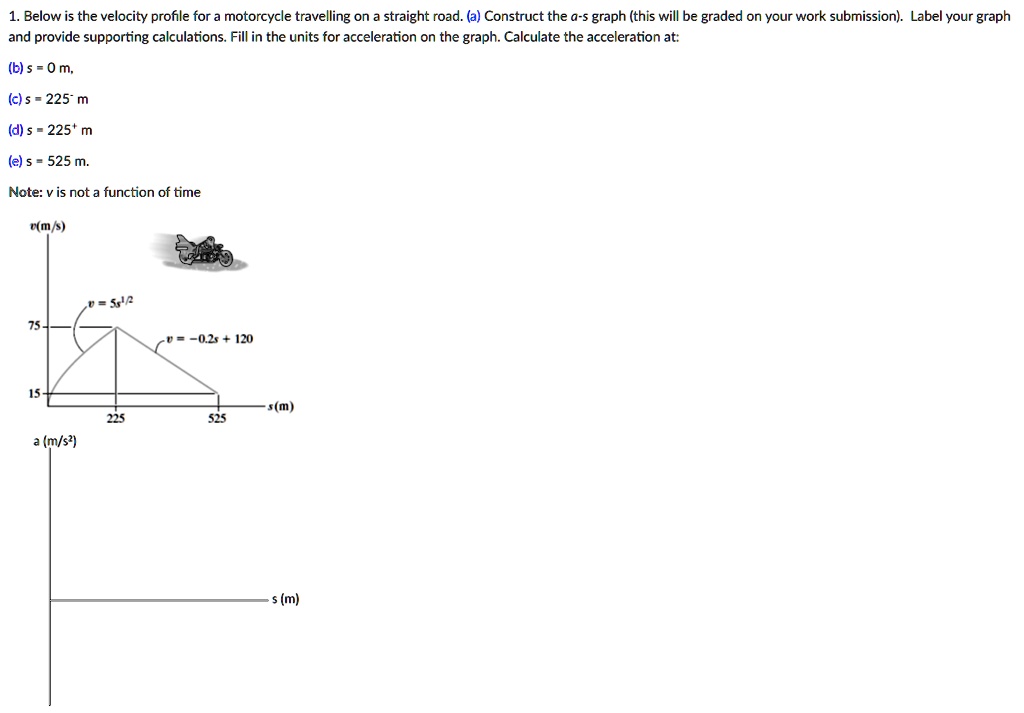

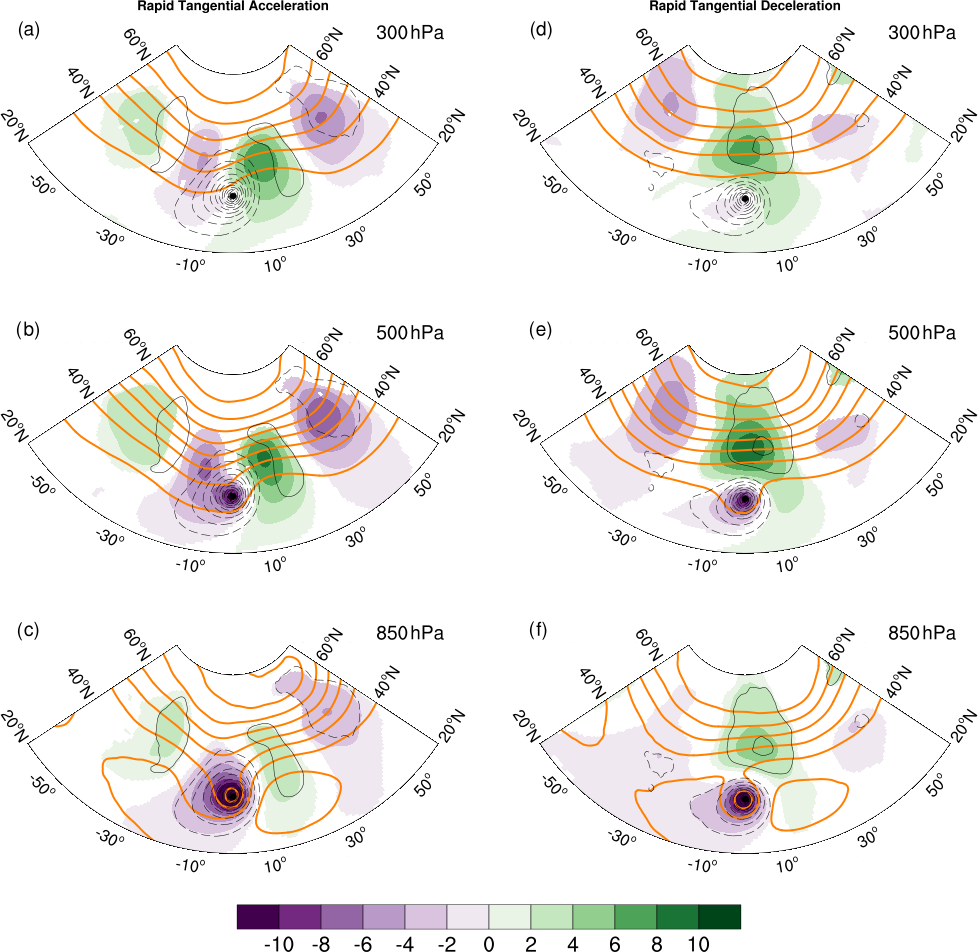
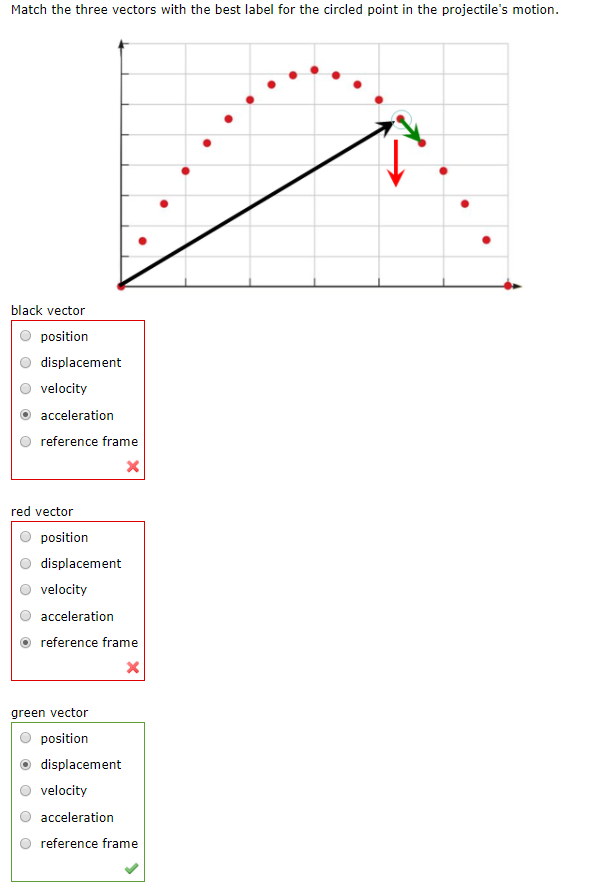
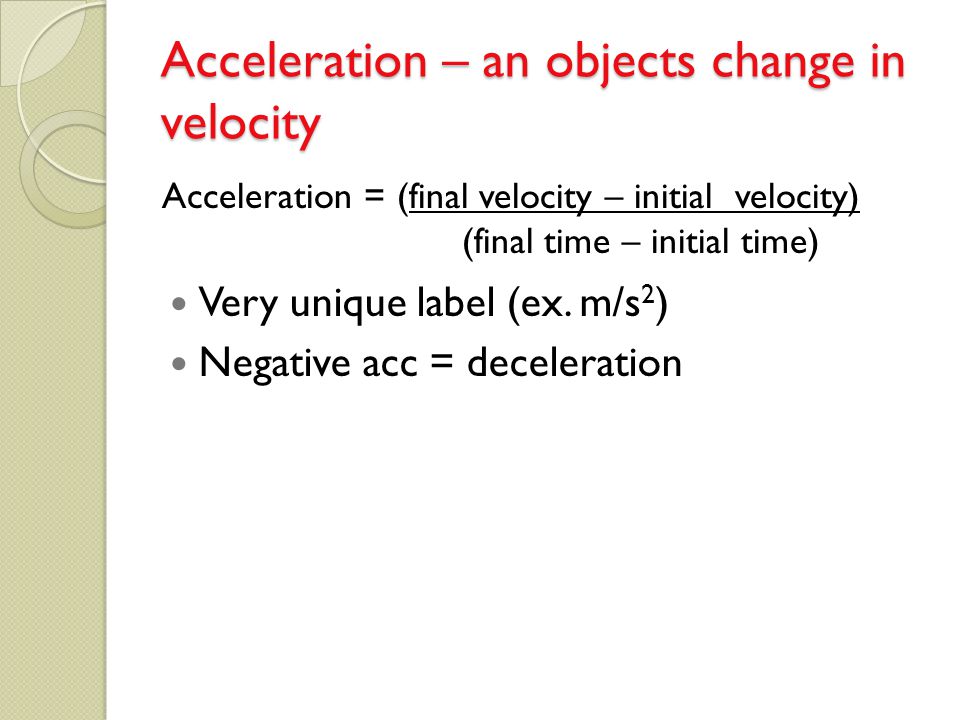
![HP(πinit)\S\documentclass[12pt]{minimal} \usepackage{amsmath ...](https://www.researchgate.net/publication/356781224/figure/fig5/AS:1097520709152778@1638680736778/HPpinitSdocumentclass12ptminimal-usepackageamsmath-usepackagewasysym_Q320.jpg)




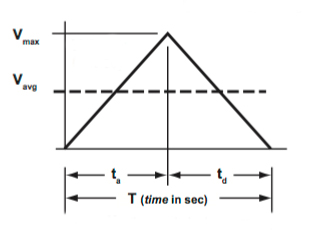



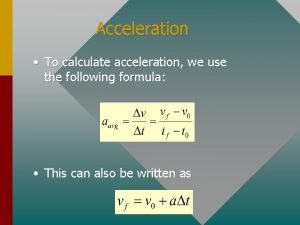
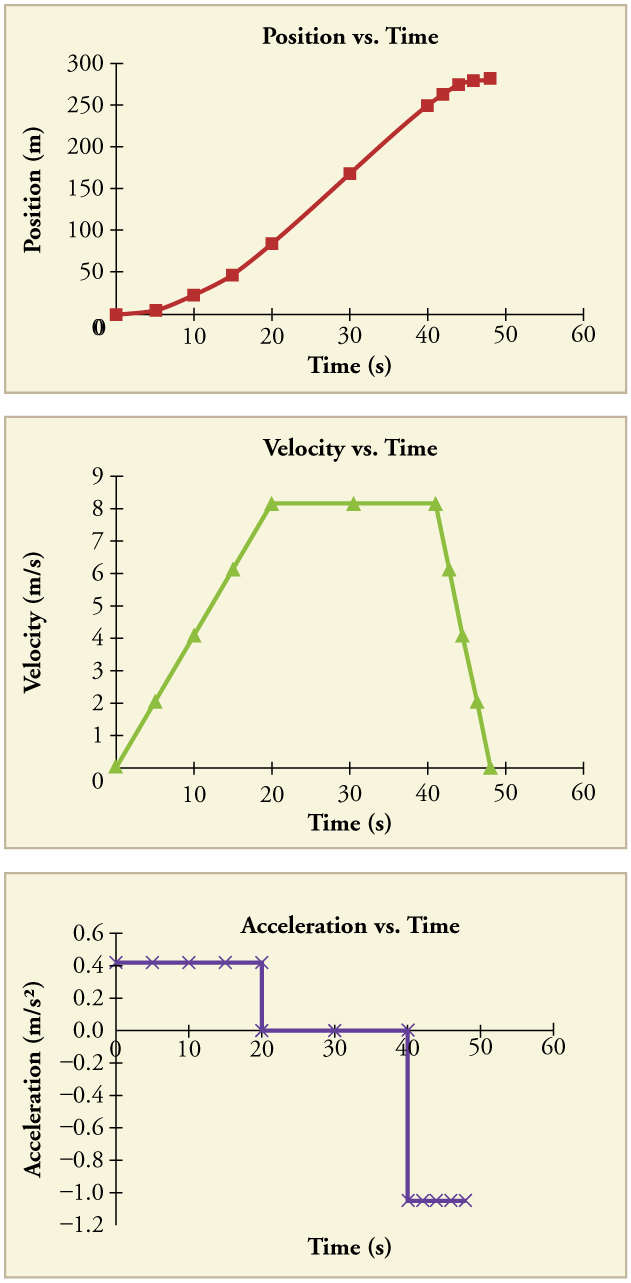




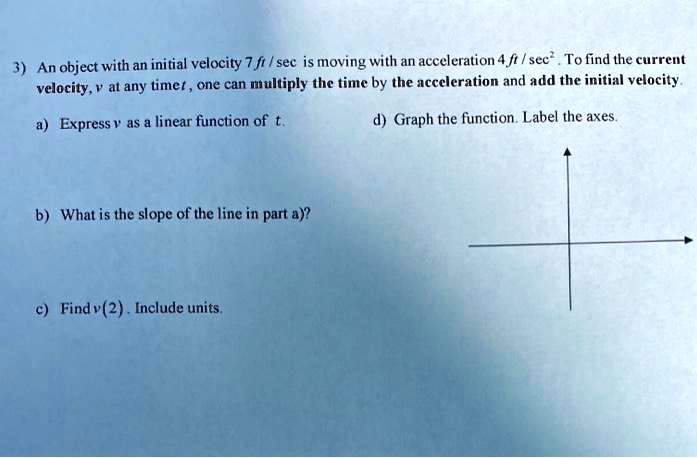
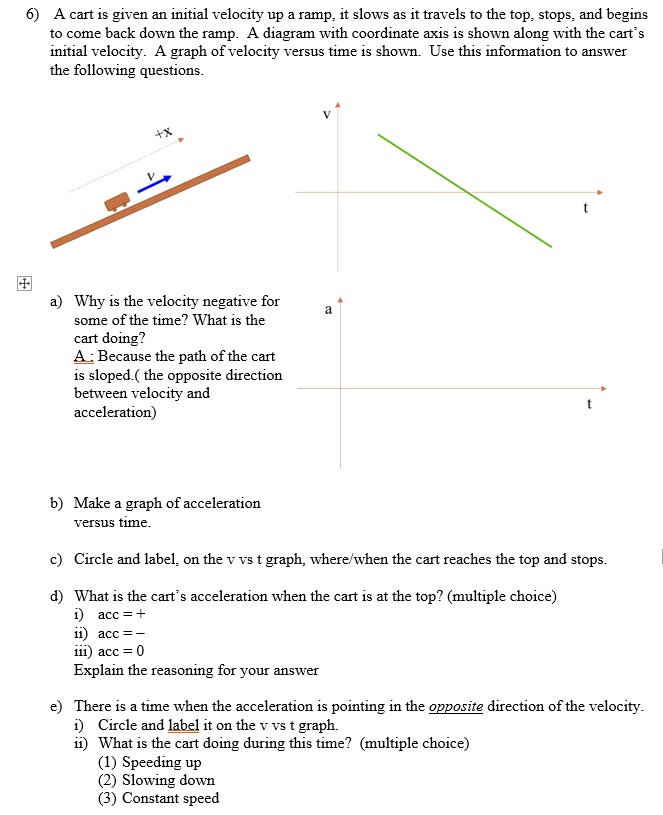










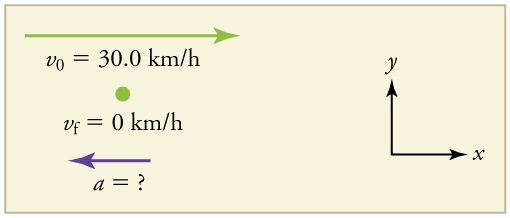
Post a Comment for "38 how to label acceleration"